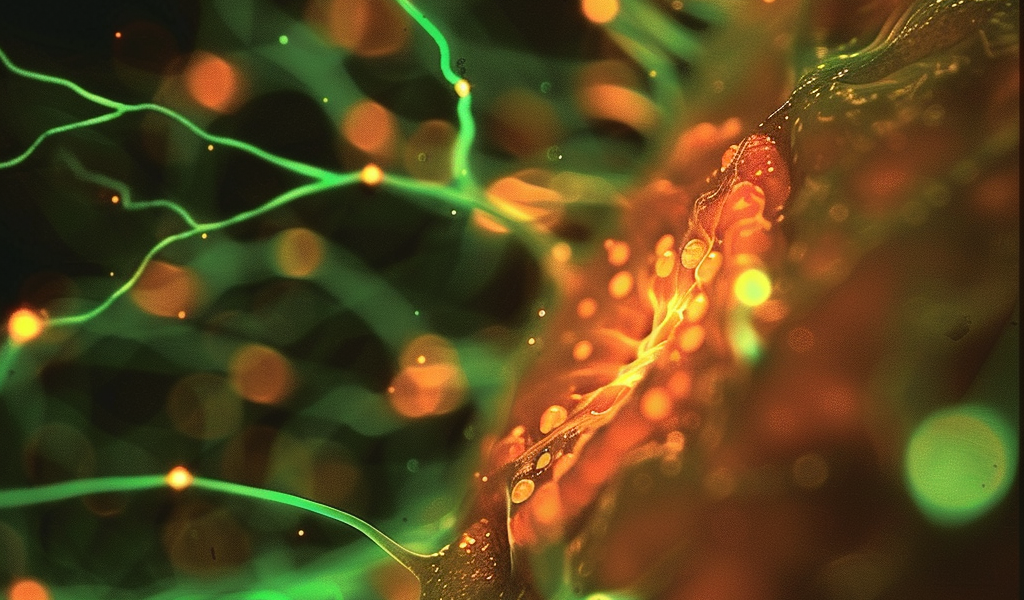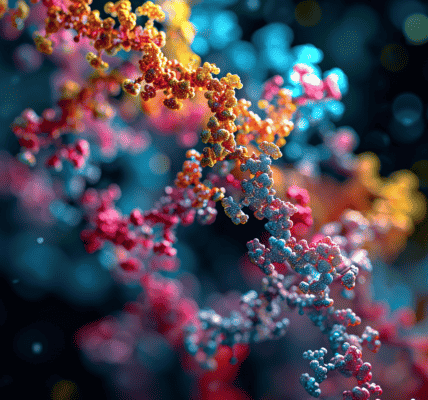Scientists have recently made a groundbreaking discovery in understanding how intricate networks of blood vessels in the eye and brain are formed, which could potentially lead to new treatments for conditions such as diabetic retinopathy and stroke.
Researchers at UC San Francisco have identified a new type of neuron that plays a crucial role in guiding the formation of a 3-D lattice of blood vessels that nourish cells in the retina. This discovery, published in the May 23, 2024, issue of Cell, opens up possibilities for future therapies aimed at addressing issues related to impaired blood flow in the eyes and brain.
The study, led by Xin Duan, PhD, an associate professor of ophthalmology, revealed that retinal neurons establish direct contact with blood vessels to guide them in forming precise 3-D lattices. This finding could pave the way for repairing damaged blood vessels or rerouting them to ensure proper formation.
Using newborn mice as their subjects, the researchers labeled the retinal neurons closest to the blood vessels with a glowing protein to track the lattice formation. They identified a specific subset of neurons, known as perivascular neurons, which interact with and encircle growing blood vessels, directing them to create the lattice structure. These perivascular neurons produce a protein called PIEZO2, enabling them to sense contact with other cells.
In experiments where mice were unable to produce PIEZO2, the perivascular neurons lost contact with blood vessels, resulting in tangled and disorganized growth that disrupted blood flow. This led to oxygen deprivation in surrounding nerve cells, making the mice more susceptible to stroke-like injuries.
Furthermore, the researchers discovered that these neurons also play a role in guiding the formation of a similar network of blood vessels in the cerebellum, a brain region involved in coordination and sensory perception. This suggests that damage to this lattice structure could be implicated in various neurodegenerative diseases.
The study sheds light on the intricate mechanisms by which neurons interact with blood vessels to create essential 3-D structures in the eye and brain. Understanding these processes could offer new avenues for developing treatments that target vascular-related conditions and neurodegenerative disorders.





